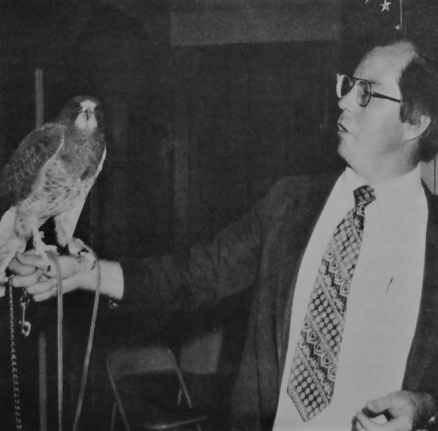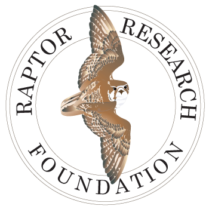William Andersen Student Presentation Awards
William Andersen Student Presentation Awards
THE AWARDS: The William C. Andersen Memorial Awards are given to both the best student oral and poster presentation at the annual RRF meeting. This award can only be given to a student once per degree (bachelor, master, or doctorate). To be eligible, a student must be senior author and presenter of the paper or poster.
Information on how to prepare and give a scientific presentation and criteria used to judge the presentations are available from the committee chair. Award recipients will be announced at the banquet. Students wishing to apply for this award should indicate their interest by checking the box on the abstract submission form.
In addition, students planning to be considered for the award should submit a second extended abstract to the Andersen Award Committee using the form below. The extended abstract should be a maximum of three pages double spaced, in JRR format. The purpose is to provide a clear background and context for the study, methods used, results, and relevancy of findings. The paper cannot be part of an organized symposium to be considered.

Dr. Andersen using a Swainson’s Hawk as an education bird to raise awareness about raptor conservation issues.
ABOUT WILLIAM ANDERSEN: The William C. Andersen Award was established in 1982 in memory of Bill Andersen, who drowned in 1980 while canoeing the Churchill River in Manitoba during a Peregrine Falcon survey. Dr. Andersen was a chemistry professor, but his first love was raptors. He established the Ornithology Research Center at Otero Jr. College in La Junta Colorado, as a medium for raising funds for the field research he conducted with his students. His interest in raptors of southeastern Colorado grasslands naturally evolved into developing a solution to the universal problem of raptor persecution. He established a rehabilitation facility and tirelessly lectured to service clubs and school groups about the benefits of raptors. He was a strong supporter of the RRF and a number of students accompanied him to each of the annual meetings. His enthusiasm, sincerity, and humor sparked an interest in raptors among many of his students and associates. While participating in the 1980 North American Peregrine Falcon Survey, Bill and a partner were canoeing on the Churchill River in northern Manitoba. They unexpectedly encountered extremely turbulent water and capsized. Bill disappeared and presumably drowned. In that instant, raptors and those inspired by them lost one of their strongest allies.
AMOUNT: The poster award recipient receives $225, 1-year free membership to RRF, and waived page charges to publish their research in the Journal of Raptor Research. The recipient must be the primary author and the paper must reflect what the award was for.
The paper award recipient receives $425, 1-year free membership to RRF, and waived page charges to publish their research in the Journal of Raptor Research. The recipient must be the primary author and the paper must reflect what the award was for.
Number of Awards Issued per Year: 1 paper and 1 poster award.
TO APPLY: This award application requires two steps. 1) Apply online and upload your extended abstract. 2) Submit your abstract using the conference’s abstract submission process. The online application opens in January each year and closes with the conference abstract deadline.
DEADLINE: Conference Abstract Deadline
Application Method: Apply online through June 30th. Please contact awards@raptorresearchfoundation.org with questions about your application. The online application opens in January each year.
